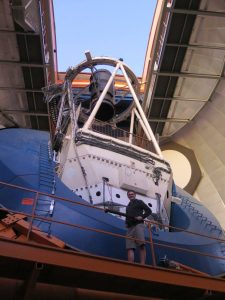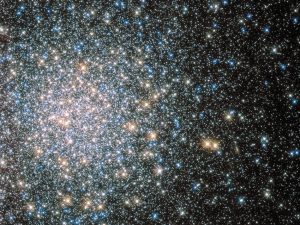
Eduardo searches for faint stellar populations in the Milky Way halo.These include dwarf galaxies, faint star clusters, and other extended substructures. His main motivation for studying these is to understand the mass assembly in the Local Group and ultimately link it to the broader cosmological context. In particular, he is trying to use the total number of streams in the halo to constrain the shape and granularity of the Milky Way dark matter distribution.
We asked Eduardo a few more questions — here’s what he had to say:
When did you know you wanted to be a scientist?
What motivates / inspires you?
Do you have any hobbies or play any sports?
What is your favorite space-related image, and why?

http://apod.nasa.gov/apod/ap140425.html
I would have to say the globular cluster Messier 5 as seen by HST/ACS.
Globular clusters are these once thought to be simple objects that tell the story about a very early age in the Universe. HST has shown that they are much more complex which has created very exciting challenges to understand how stars form in such harsh environments.